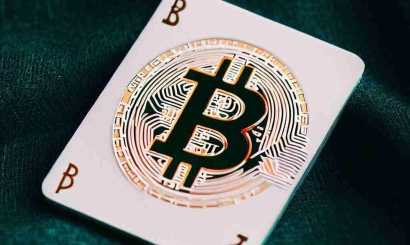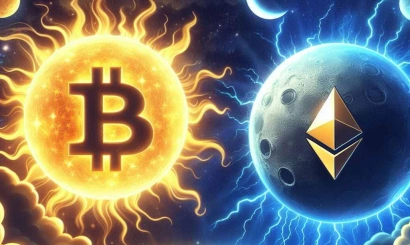Forbes: Binance used customer funds as FTX before bankruptcy
Forbes: crypto exchange Binance used customer funds as FTX exchange before bankruptcy
Journalists analyzed the operations of the largest cryptocurrency exchange and allege that it funneled some of its stablecoin collateral to undisclosed targets, leaving investors unprotected
In late 2022, Binance was secretly transferring collateral funds meant to secure its customers' stablecoins. The assets were diverted to other undisclosed purposes, just as the FTX exchange did before it collapsed in November, Forbes writes.
After analyzing the data on the blockchain, journalists concluded that some of the user assets in "wrapped" tokens USDC (B-peg USDC) worth more than $1 billion were not fully secured, contradicting the statements of the exchange.
B-peg USDC tokens are digital copies of Circle's USDC Stablecoins, which exist on Binance's BNB Smart Chain blockchain. The practice of "wrapping" a token to issue its copy in another blockchain is ubiquitous. For example, before the launch of B-tokens, a Binance user owning a Tron (TRX) token could only use it in the Tron network, while BUSD staple tokens on the Ethereum blockchain could only be transferred in the Ethereum network. Copying tokens in other networks enables users to work with them not only in the original blockchains.
Binance has committed to supporting its "B-tokens" with 100% collateral in the underlying cryptocurrencies. The process is supposed to work as follows: when Binance creates "wrapped" tokens, it stores the underlying asset tokens at a 1:1 ratio in a special Binance-Peg wallet.
Journalists noticed that this wallet shows a sudden $3.6 billion decrease in balance on August 17, 2022. This decrease was the result of the exchange's decision to withdraw 1.78 billion USDC tokens and 1.85 billion BUSD. The withdrawal of $1.78 billion USDC occurred without a corresponding reduction in B-peg USDC supply, causing the balance in the special wallet to drop to zero.
Forbes identified who the recipients of the $1.2 billion worth of USDC tokens were - funds that were withdrawn from the B-peg wallet to other Binance wallets, and some more funds to USDC from other sources.
Binance claimed that all "wrapped" tokens are secured, even though the reserves are not in a dedicated wallet. However, the fact that the transferred funds came from a wallet used to store customer funds was considered by Forbes to be capable of causing problems: "it's hard not to see similarities with the transactions that contributed to the crisis and the collapse of FTX," the article said.
Binance chief strategist Patrick Hillmann explained in an interview with Forbes that moving assets between wallets is part of the normal business of the exchange. He explained that there was no mixing of customer and exchange funds because there is a ledger that keeps track of all funds owed to users, and wallets are just "containers" between which funds can be transferred.
Regulators vs. cryptocurrencies. Who will benefit from the new rules
Finally, the publication notes that such "revelations" could prompt governments to require that users' assets be held not in cryptocurrency exchanges, but with qualified custodians, as is done in traditional financial markets.
In mid-February, the U.S. Securities and Exchange Commission (SEC) already proposed such amendments to crypto regulations. If the SEC's proposed rule is approved, it could mean that institutional funds that deal in cryptocurrencies would be forced to move their clients' assets elsewhere.
- Mastercard will introduce cryptocurrency payments in DeFi services and metacities
- Japan to launch pilot testing of digital currency system in April
- Hackers who stole over $300k fake the website of a major cryptocurrency conference
- Dollar Stablecoins are leading the market. What could come as a replacement?
- France arrests suspects in $9 million cryptoprotocol hack
- Investment idea: Earn on a real project, not on promises
- Capitalization of the Binance cryptocurrency exchange's stablecoin fell by $5 billion in 2 weeks




_410x245_00e.webp)


